|
The
Democrats re-nominated Carter as their presidential candidate in the
1980 national elections … despite some very strong opposition coming
from Ted Kennedy. The Republicans offered Ronald Reagan as their
candidate. In contrast to Carter's "peaceful" presentation, Reagan
presented himself as a very tough individual, a true Cold Warrior who
well understood the huge challenges facing America and the West … and
had every intention of taking on these challenges from a policy of
power, not "niceness."
Volcker
also played a key role in the election, dropping down considerably the
Fed's discount rate, which immediately picked the economy back up
considerably … enough to take the strain off Carter and get him
re-nominated. But oddly enough, Volcker then took the discount rate
back up again soon thereafter … throwing the American economy back into
recession, helping immensely Reagan in the process.
Indeed,
Reagan – in strong contrast to Volcker – said that he intended to deal
with inflation not by crushing demand (Volcker) but instead by
increasing supply. Thus developed Reagan's "supply-side economics,"
something that he talked about constantly in his campaign.
And
indeed the campaign went poorly for Carter and splendidly for Reagan …
Reagan with 489 electoral votes and Carter with only 49 electoral
votes. The popular vote went 50.7% for Reagan and 41% for Carter … with
a third-party candidate, the Republican Congressman John Anderson,
running as an independent and gaining only 6.6% of the popular vote (no
electoral votes). Thus the Republican fear that Anderson would undercut
Reagan deeply did not come to pass.
1
1Anderson
had hoped to build his candidacy on the support of the same people that
four years earlier had supported George McGovern: the idealistic
Boomers and their intellectualist mentors.
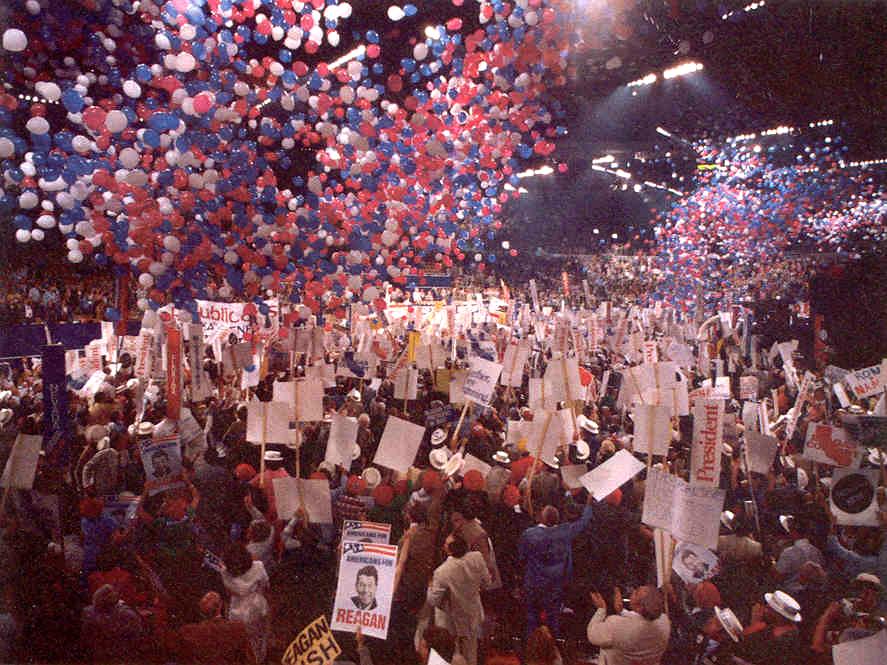
Presidential national convention
- Reagan nominated as the Republican presidential
candidate 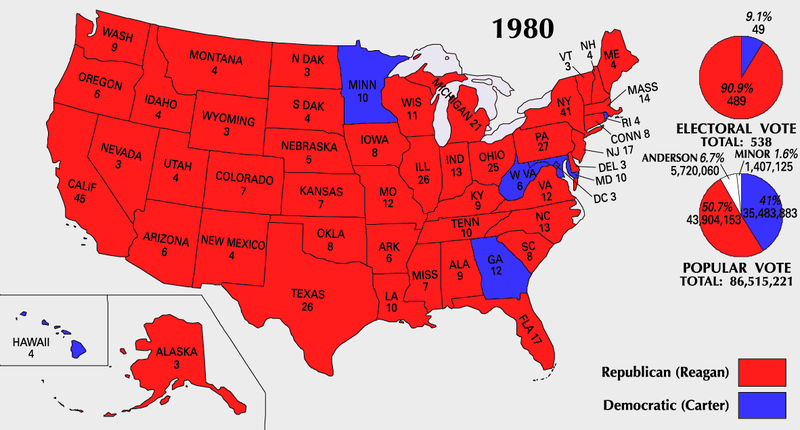
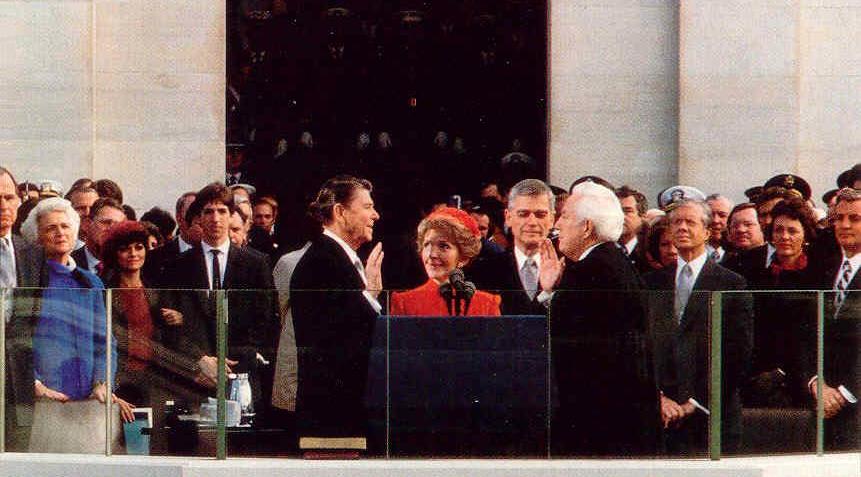
President Reagan taking the
oath of office in January 1981
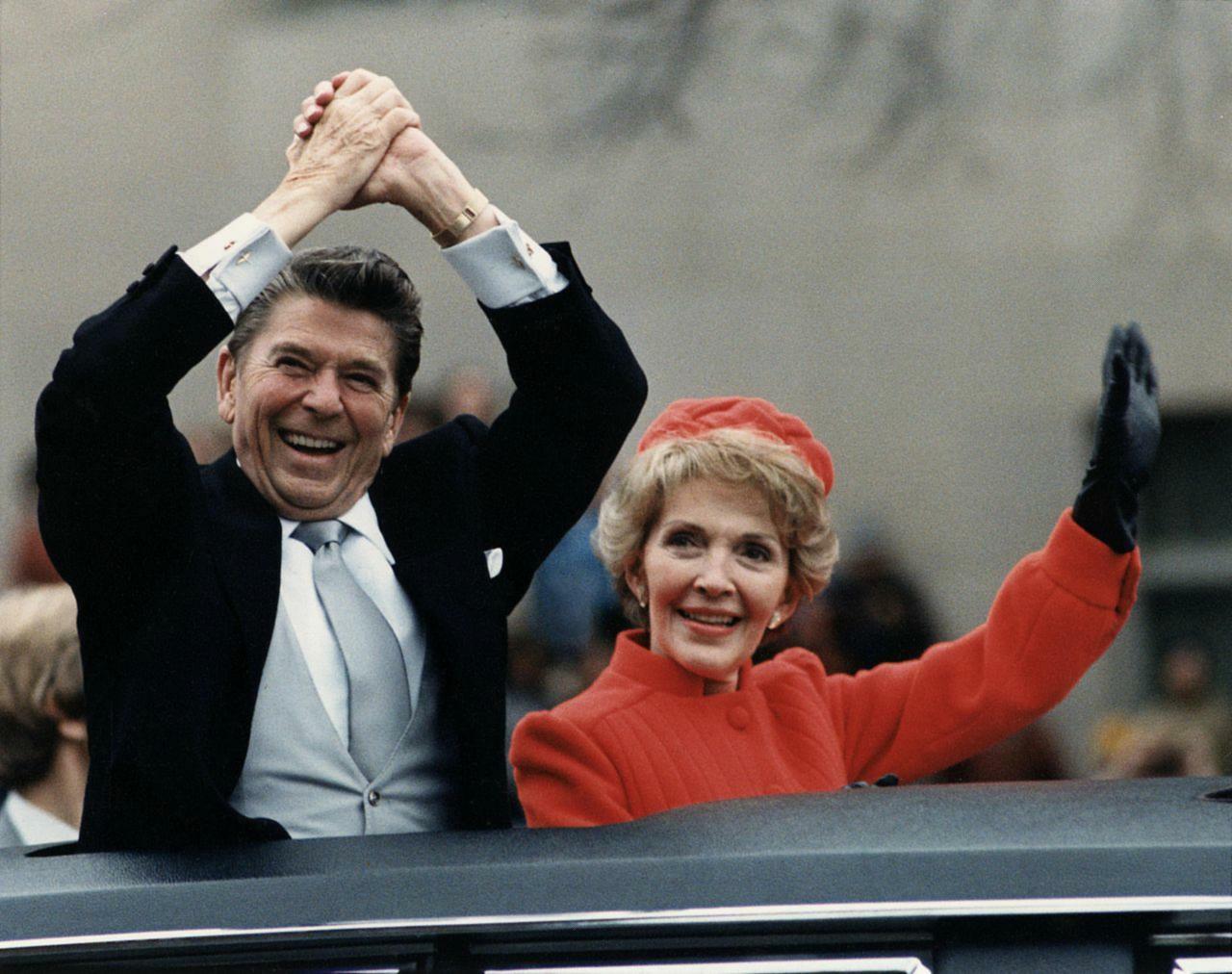
The Reagans waving from the
presidential limousine during the Inaugurall Parade - January 1981
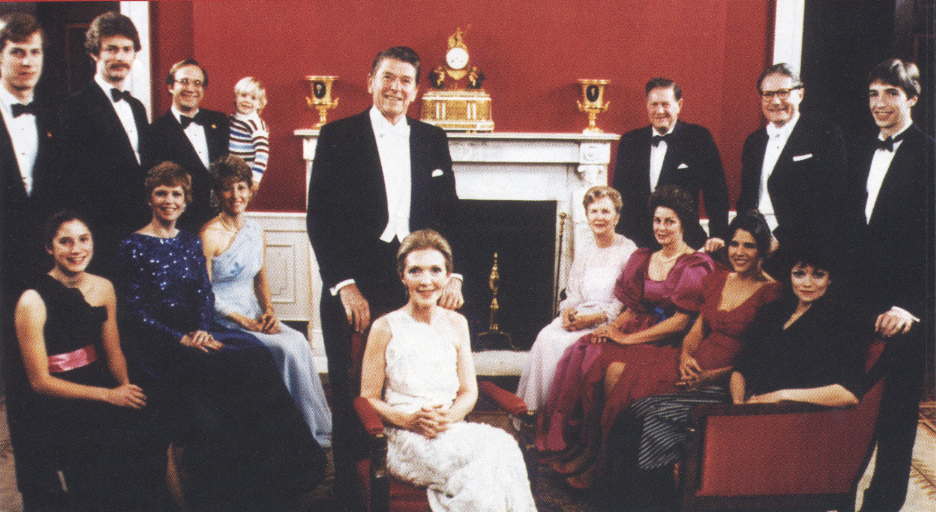
A Reagan family portrait
on the day of his inauguration January 20, 1981

The Reagan Cabinet - early
1981
(In front: Secretary of State Alexander
Haig, Reagan, Bush, Secretary of Defense Caspar Weinberger)
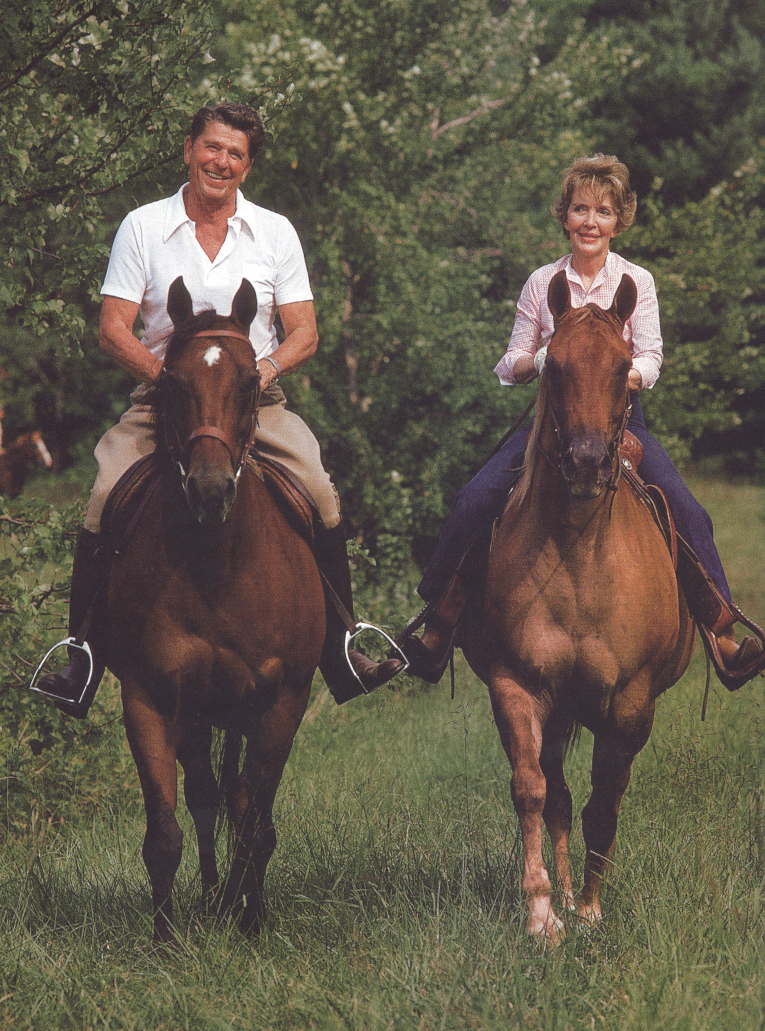
President and Nancy Reagan
on horseback
REAGAN
– PERSONAL BACKGROUND |
Ronald Reagan - President
1981-1989
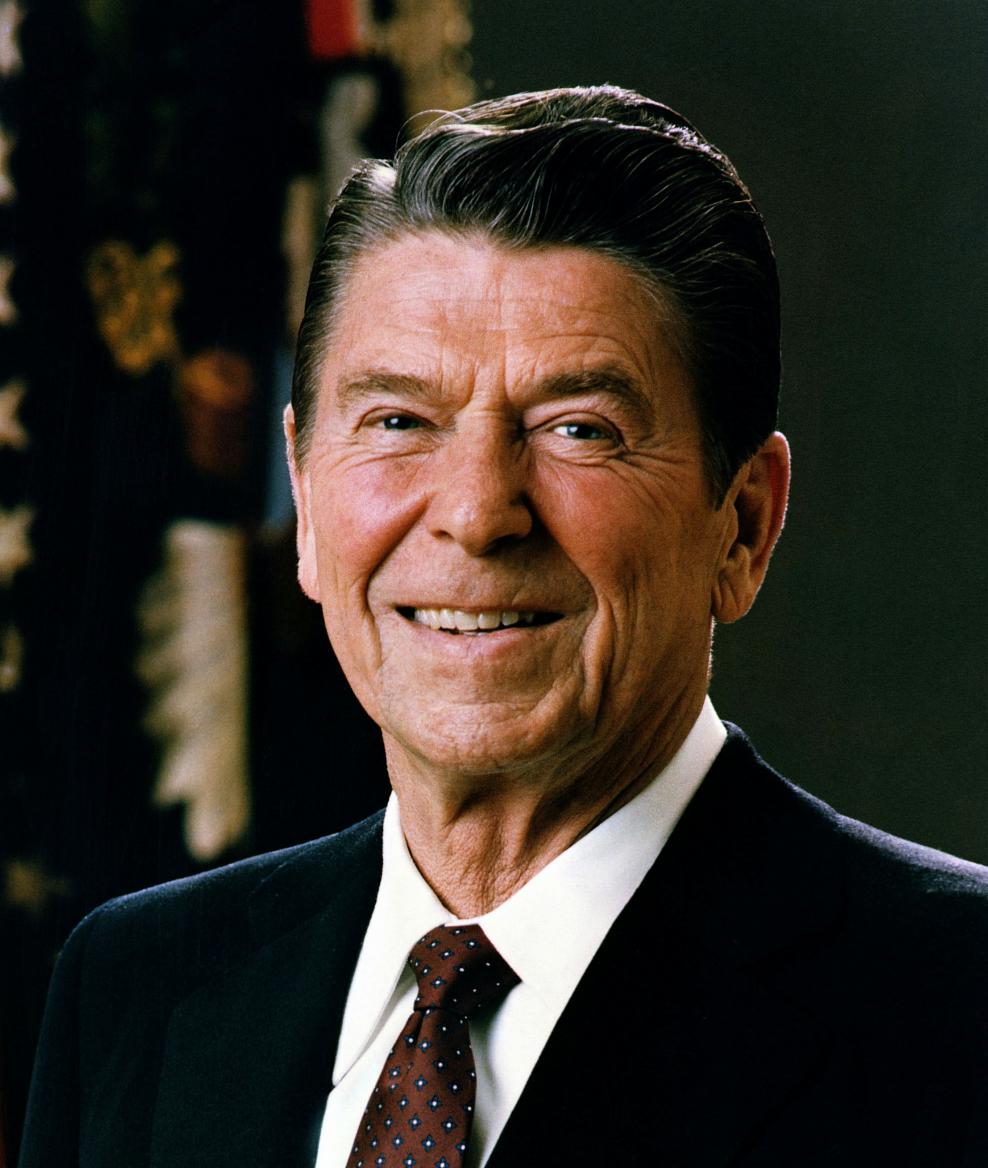
Official Portrait of President
Reagan - 1981
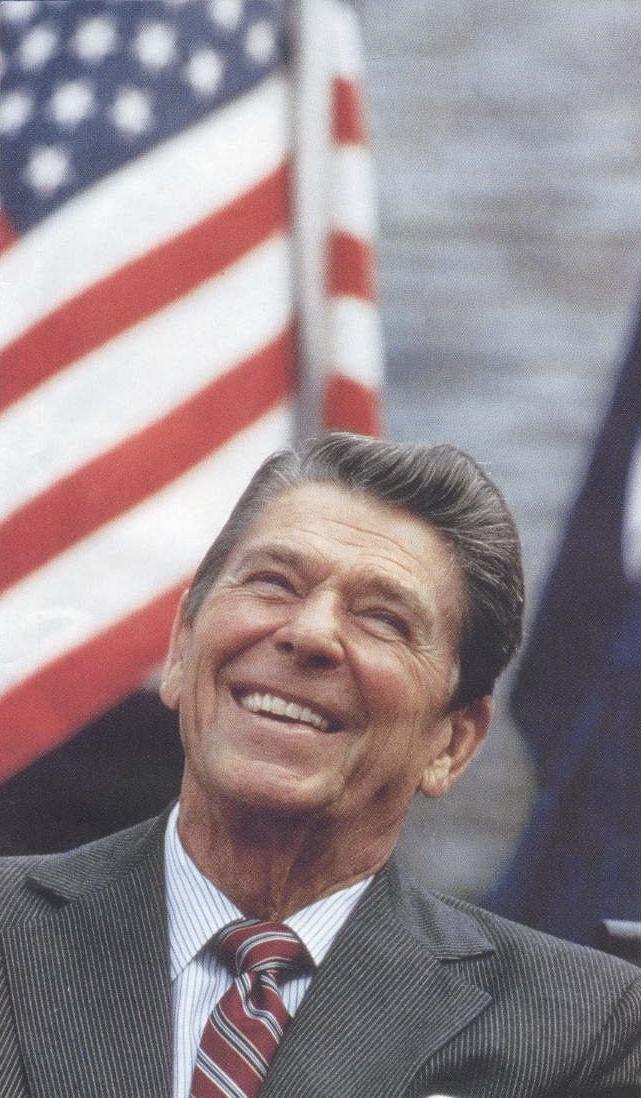
Ronald
Reagan
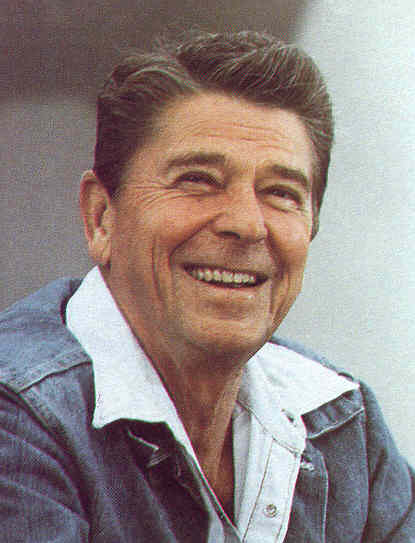
Ronald
Reagan
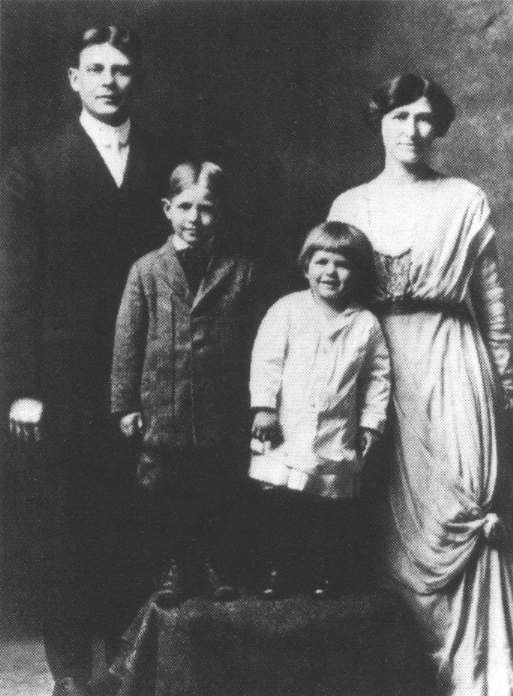
Reagan and his father Jack,
older brother Neil, and mother Nelle - ca. 1914
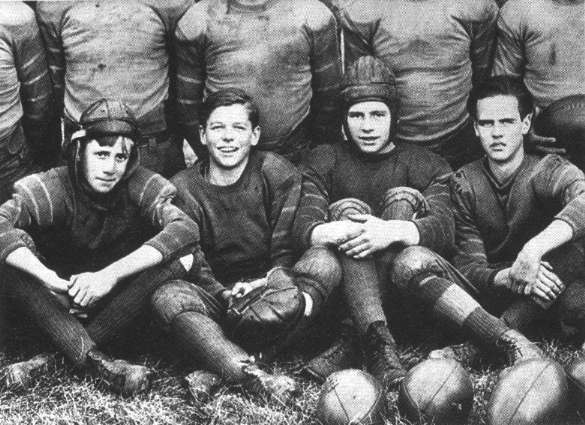
Reagan (2nd from left) with
his school football team
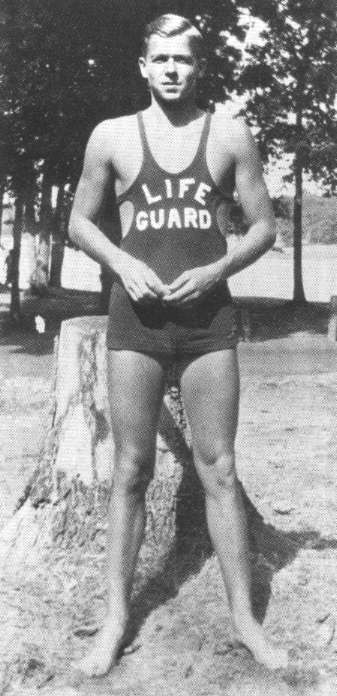
Reagan as a lifeguard on
the Rock River in 1928
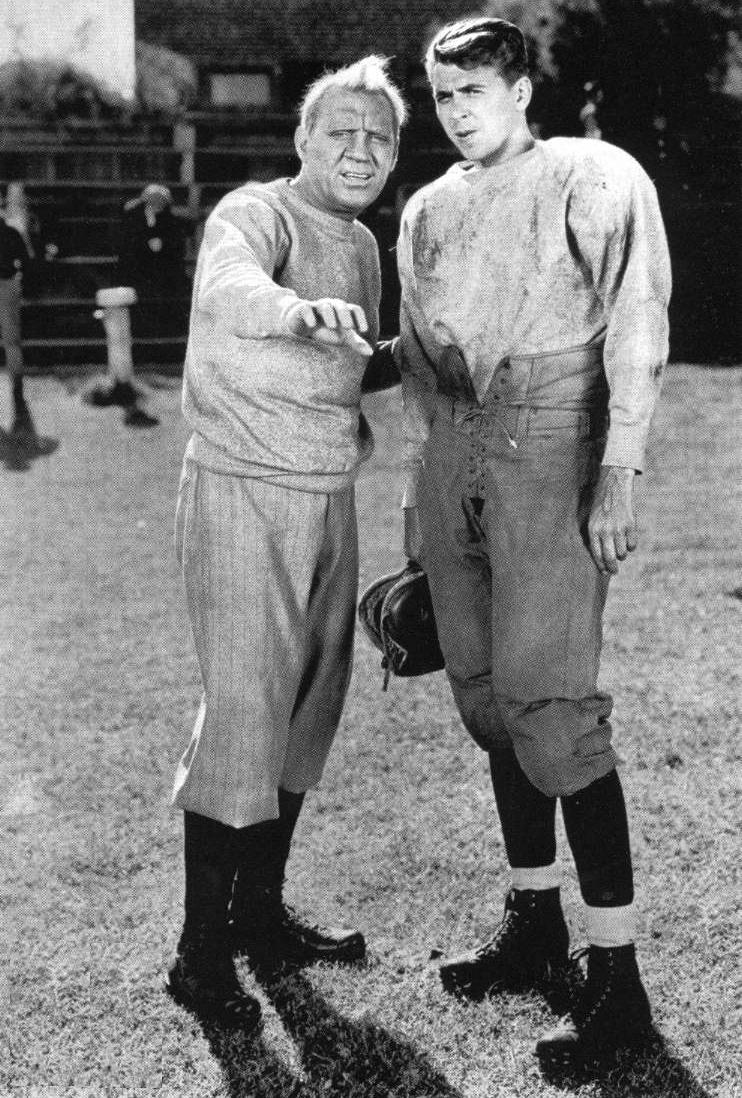
As the "Gipper" in Knute
Rockney All American - 1940
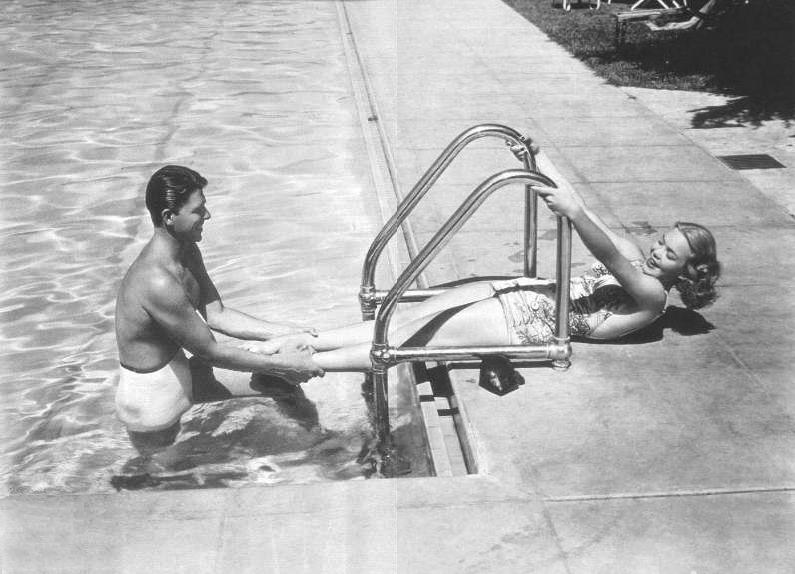
Reagan and 1st wife, actress
Jane Wyman in 1940
(married in 1940; divorced in 1948)
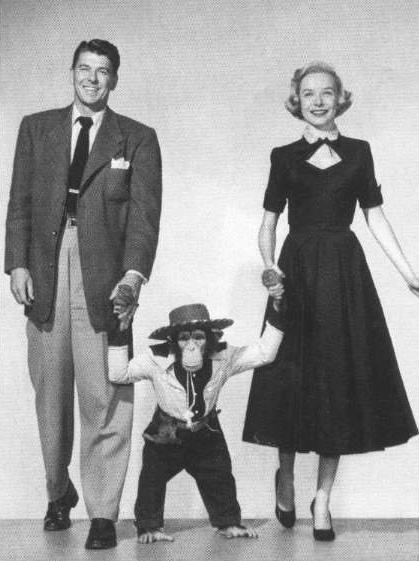
Reagan and Diana Lynn in
Bedtime
for Bonzo - 1951
He becomes a big name in
national politics with his win of the California governorship in 1966 (He is California Governor
from 1967 to 1975)
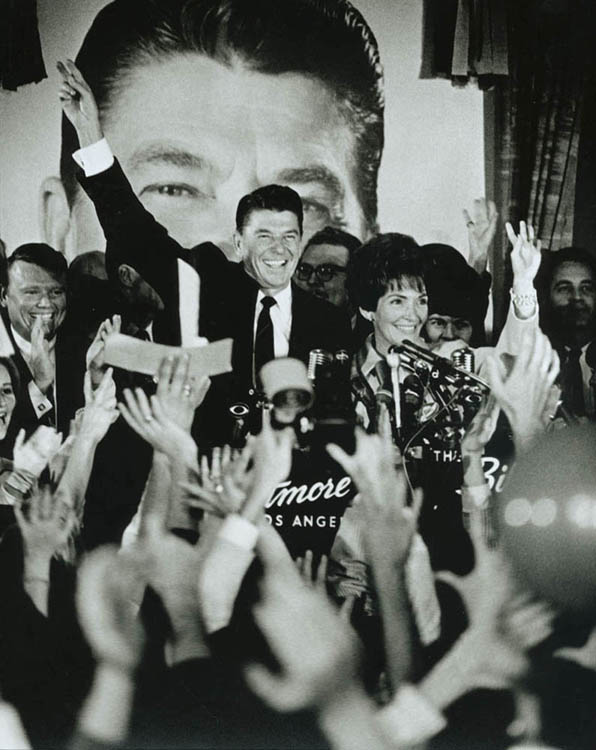
Reagan and his wife Nancy
at his win of the California governor's race - Nov. 8, 1966
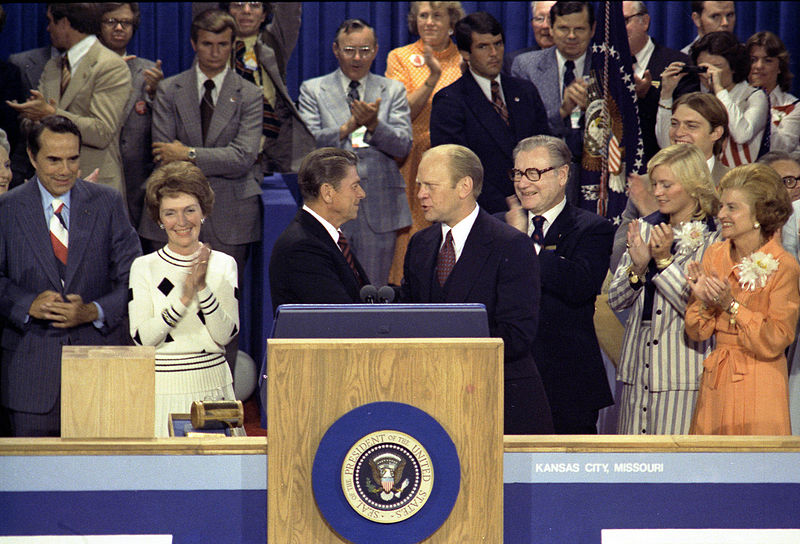
Ronald Reagan on the podium
with Gerald Ford at the 1976 Republican National Convention after narrowly losing the
presidential nomination - 19 August 1976.
He will be much more successful four years later!
THE RELEASE OF THE AMERICAN HOSTAGES IN IRAN |
|
Then
on inauguration day (20 January 1981) – just as Reagan was being sworn
in as the new U.S. president – the American hostages were finally
released and arrived in Germany … on their way back to America.
Americans wondered about the timing – for it seemed to have been set in
order to humiliate Carter ... although it had been Carter that had
actually negotiated the release. Many wondered if this had been done
out of fear that the new, tough Reagan might do something drastic to
Iran. Probably not … though Americans would never know why the release
took place at precisely the time it did. |
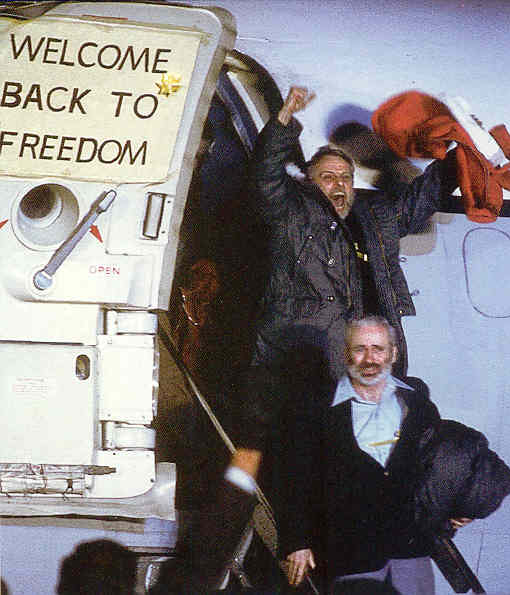
US hostages held in Iran
being returned to the States - January 1981
|
But Reagan would be in office only a short time before
he would be called on to demonstrate that toughness he
represented. At the end of March, he was the object of an
assassination attempt2
by the madman John Hinckley, Jr. – which wounded Reagan and crippled
badly his Press Secretary James Brady. But Reagan would retake from his
Vice President George Bush his position (and his humor) as president
only 12 days later. With his strong recovery, his popularity ratings
hit nearly 75%.
2Ford
was also the object of an assassination attempt in September of 1975 by
Sara Jane Moore. Actually, 17 days earlier, a Charles Manson
follower, Lynette "Squeaky" Fromme, had also pointed a gun at Ford …
and although the gun was otherwise loaded, there was actually no bullet
in the chamber at the time.
An assassination attempt
on his life early in his Administration
(March 30, 1981)
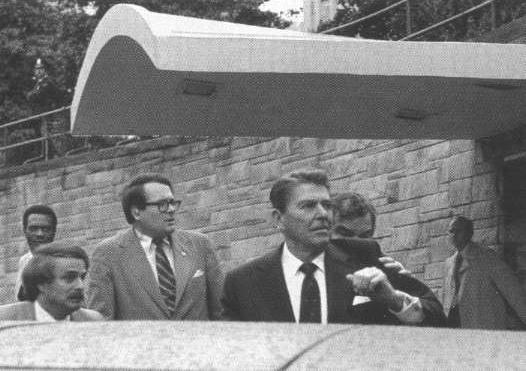 Reagan hit by
gunman
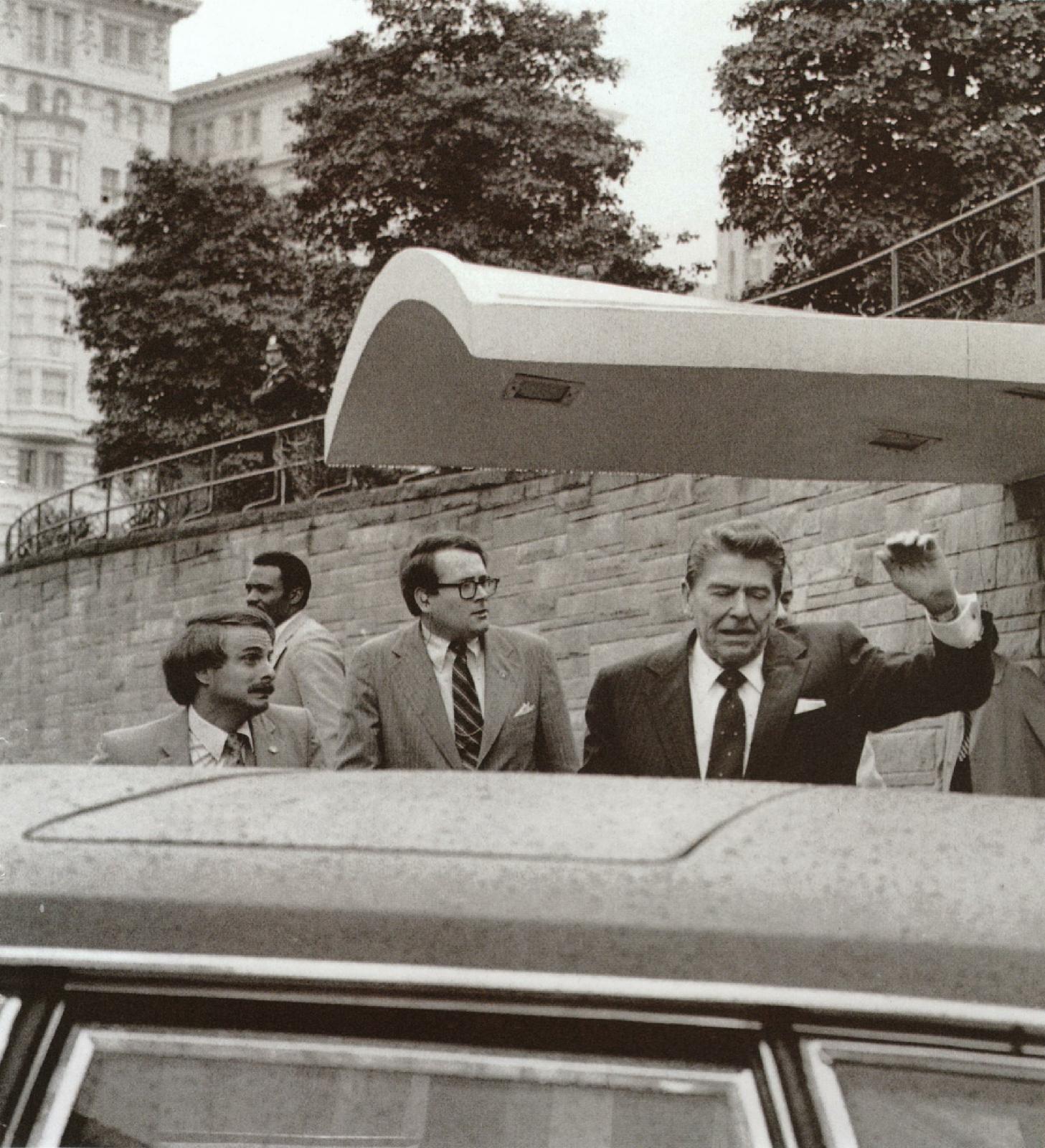
President Reagan and Press
Secretary James Brady shot
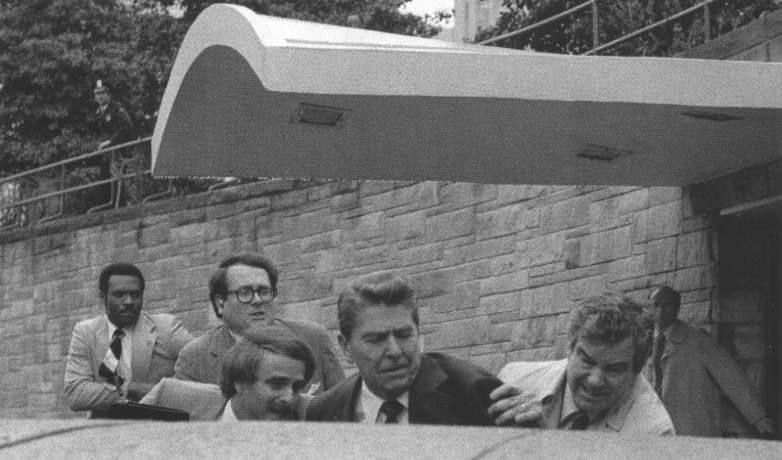
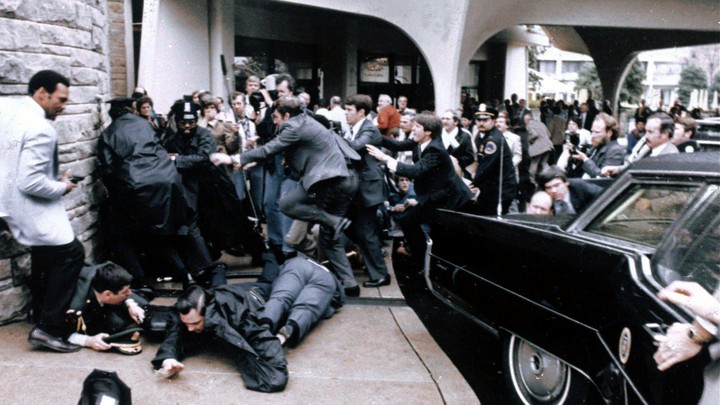
THE AIR TRAFFIC CONTROLLERS (PATCO) STRIKE |
|
Reagan
would have another opportunity that August to demonstrate that same
toughness when members of the Professional Air Traffic Controllers
union (PATCO) went on strike … to which Reagan responded swiftly by
firing the 11,000 strikers, cutting back flights to about 50%, and
finding substitutes able to join the non-striking controllers to keep
those flights moving. Once again, the nation was deeply impressed!
|
He takes on US labor unions
with a shut-down of the air-traffic controllers strike
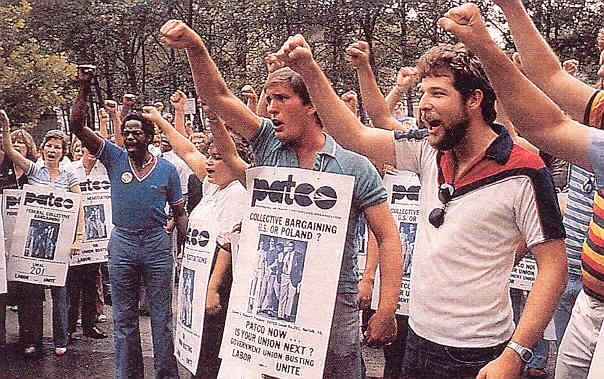
A strike by public air traffic
controllers - broken by President Reagan
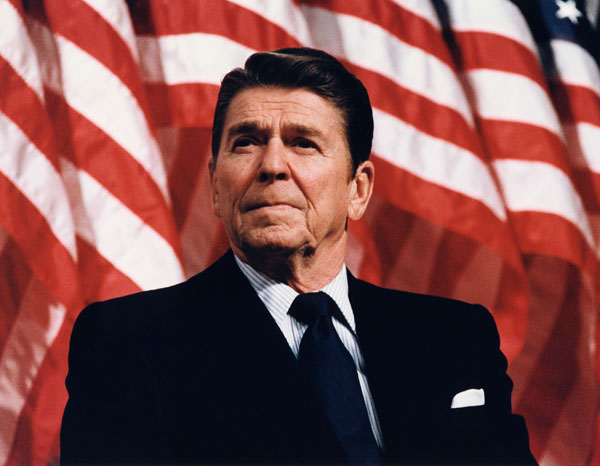
No more apologies for America
being the great power that it is! President Reagan speaking
at a rally for Senator Durenberger
THATCHER AND THE FALKLANDS WAR
(April-June 1982) |
The
Argentine military dictatorship that had held power since 1976 (with
frequent turnovers of command) was facing growing unpopularity at home
because of the country's very poor economy – and the huge human rights
violations involved in maintaining that dictatorship. The generals thus
decided that what the country needed was a good patriotic war.
Sitting 300 miles to the East of Argentina in the middle of the South
Atlantic were the Falkland Islands … long-claimed by Argentina as its
own territory – but also by Britain as a Crown Colony since 1841. The
small population living there was by very strong instinct Anglo-British
… not Hispanic.
But Britain by this point was no longer considered to be much of a
global power anymore – at least in the eyes of the Argentine generals –
and the decision was thus made by the military junta leader Leopoldo
Galtieri to conduct at the beginning of April (1982) a large Argentine
military assault on the Falkland Islands. It was expected that an easy
victory in the matter could be achieved in a matter of days.
At first the Argentine military was quick to take control of the small
capital city, Stanley. But the British Royal Navy was aware of
something going in in the region – and had already been sending ships
South in the Atlantic towards the Falklands. Then when news of the
Argentine invasion reached Britain, Prime Minister Margaret Thatcher
was quick to order a large British assault on the Argentine position –
both on the islands and against the Argentine ships offshore. Thus a
full Argentine-British war was on.
The rest of the world attempted to bring the crisis to an end through
diplomacy … with a U.N. resolution passing 10-1 (with Russia and China
abstaining) calling for the withdrawal of the Argentine troops – to be
followed by negotiations. At first America tried to work with both
sides, but found neither the British nor the Argentines interested in
compromise. Finally, Reagan simply decided to give full public support
to Thatcher's Britain.
The consequent fighting over the next six weeks proved fierce, with the
British not able to match the Argentines in terms of available
aircraft. But when a British submarine sank the large Argentine
battleship General Belgrano at the beginning of May, the bulk of the
Argentine navy returned to port in Argentina. The British also lost
ships, although not so disastrously ... and – under Thatcher's stiff
resolve – the British navy held its position. Then British military
units began their sweep across the Islands, with the Argentines forced
into a most humiliating surrender. When Stanley found itself finally
back in British hands in mid-June, the war was over.
The overall outcome of the war was the acclaim of Thatcher as the "Iron
Lady" … and the huge success of her Conservative Party in the national
elections the next year. And it would draw Reagan and Thatcher closely
together as strong allies. As for the Argentine military junta, the
event backfired on it deeply. Galtieri was replaced by a more Liberal
general, who would call for elections the following year … resulting in
the end of military governance and the return to Argentine democracy.
Nonetheless, despite the resumption of diplomatic relations between
Britain and Argentina, there would be no agreement between the two as
to whom exactly the Falkland Islands belonged!
|
British Prime Minister Margaret Thatcher was of that same world of "tough"
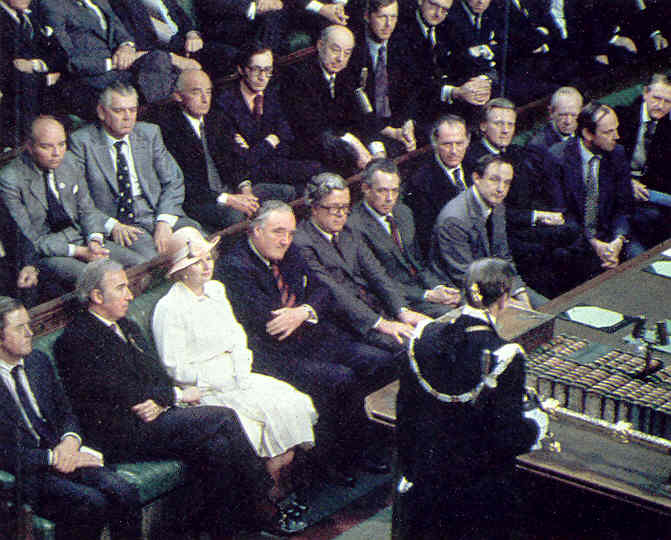
Margaret Thatcher and the
Conservative Party Leadership in Parliament

And she will have the opportunity to demonstrate that "tough"
when Argentinian dictator Galtieri foolishly thought he could rebuild his popularity
in Argentinia ... by seizing Britain's Falkland Islands 300 miles to the East
in the mid-Atlantic
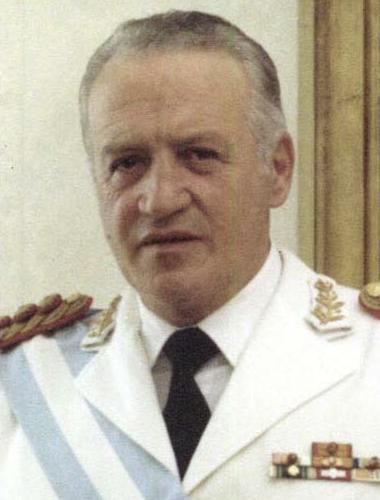
General Leopoldo
Galtieri
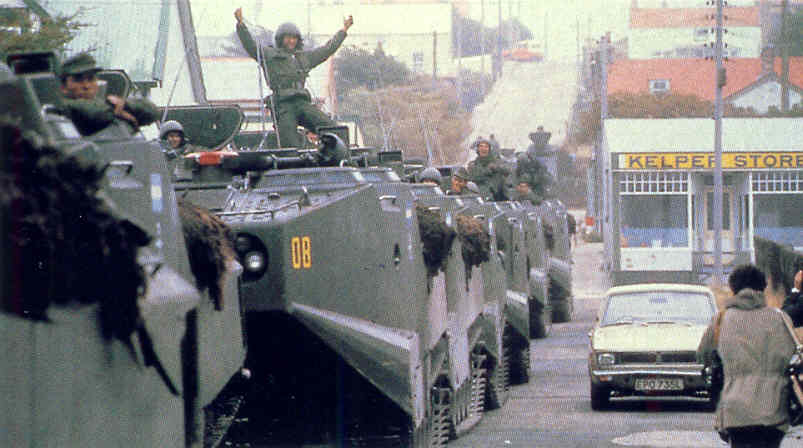
Argentinian tanks entering
Port Stanley at the start-up of the Falklands War - April 1982
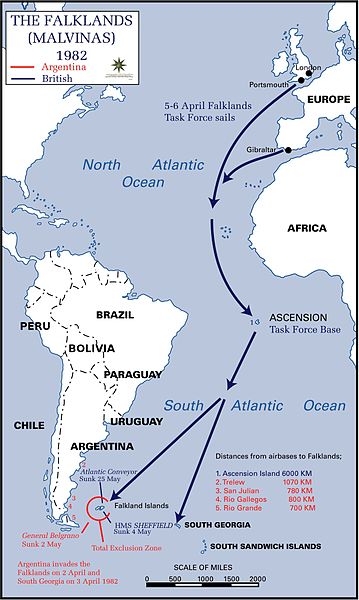
Wikipedia - "Falklands
War"
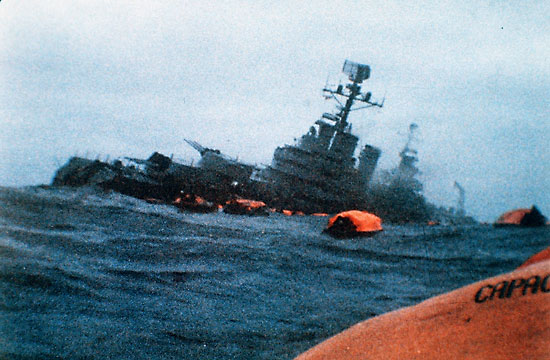
The Argentine cruiser ARA
General Belgrano lists heavily to port in the Atlantic Ocean, after being attacked by
a British submarine during the Falklands Conflict. It later sank ( May
2, 1982) 323 members of Belgrano´s
crew died in the incident.
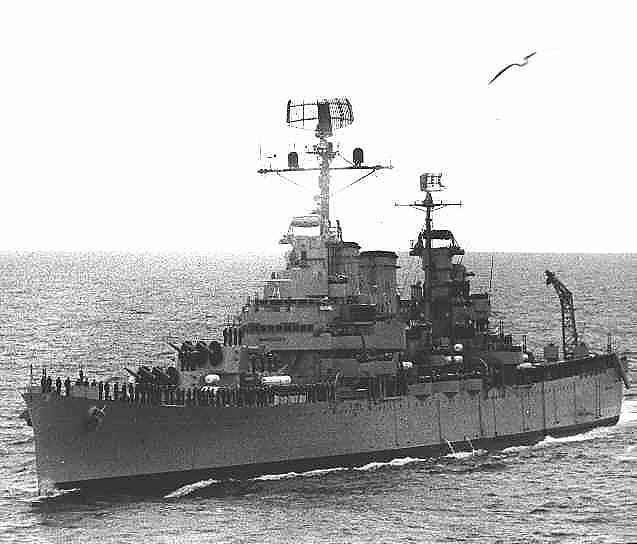
On 4 May, two days after
the sinking of Belgrano, the British lost the Type 42 destroyer HMS
Sheffield. The ship was abandoned several
hours later, gutted and deformed by the fires that continued to burn for
six more days. The attack on Sheffield
resulted in 20 British dead
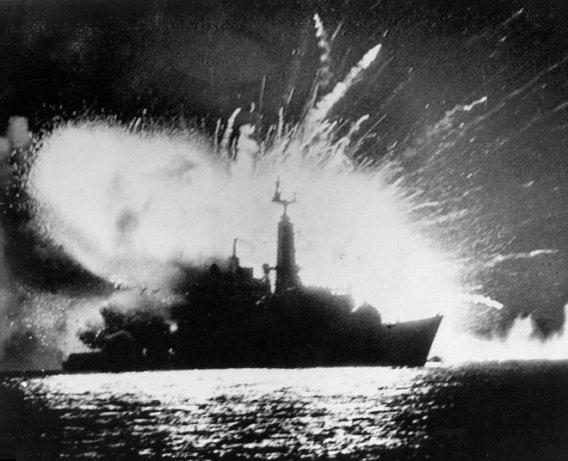
British Royal Navy
frigate HMS Antelope explodes in the bay of San Carlos off East
Falkland (May 24) (her crew had been evacuated
from the ship before the explosion occurred). Also HMS Ardent (May
22) and HMS Coventry (May 25) were sunk, as was MV Atlantic Conveyor
(May
25) with a cargo of helicopters and supplies.
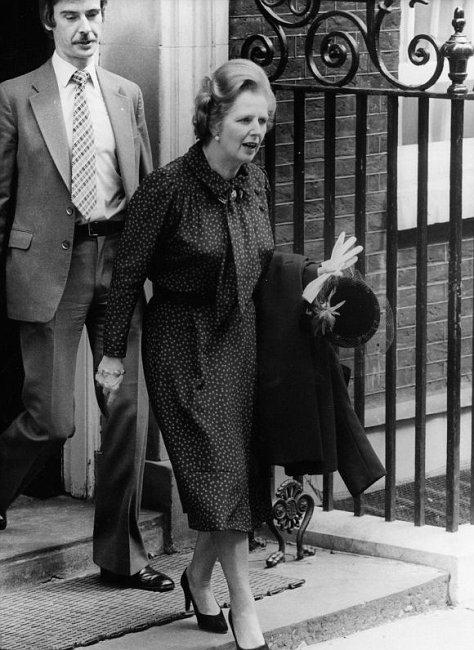
British Prime Minister Margaret
Thatcher leaving 10 Downing Streeet after announcing that British
troops had landed in the Falkland Islands
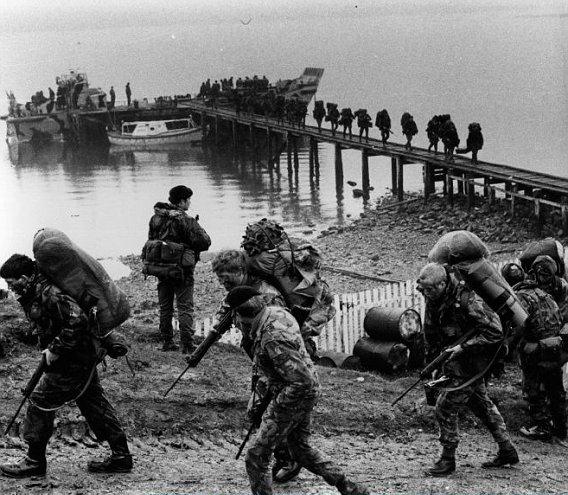 British troops arrive by
amphibious landing craft
British troops arrive by
amphibious landing craft
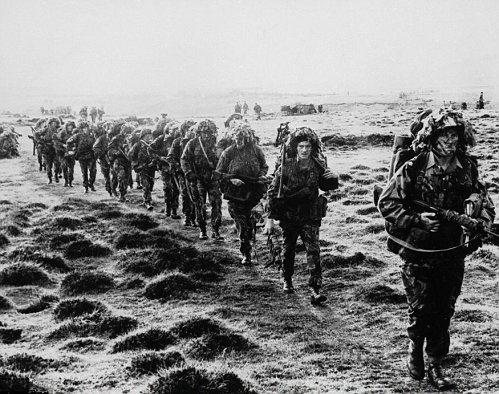
British soldiers
advancing
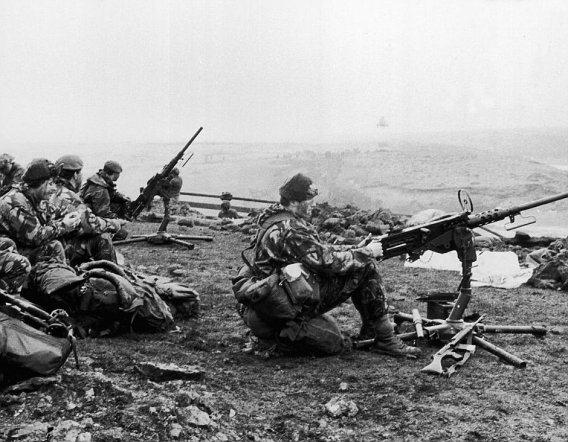
British soldiers in the Falkland
Islands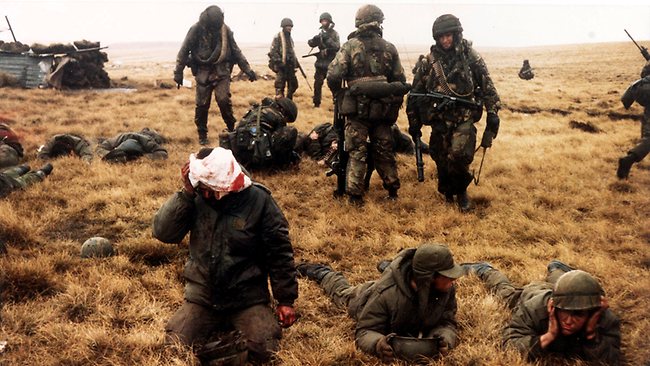 Argentinian troops captured or
killed in battle 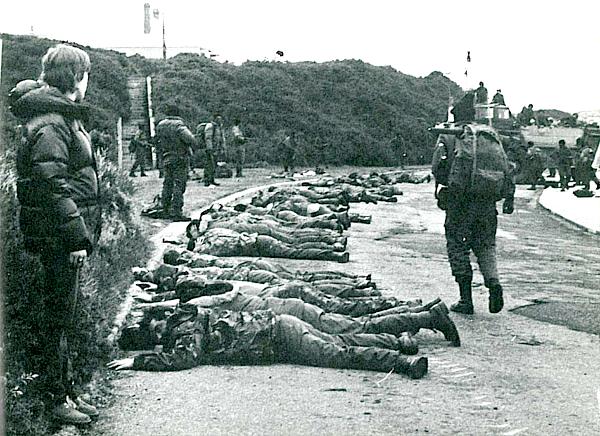 Surrendered Argentinian
troops
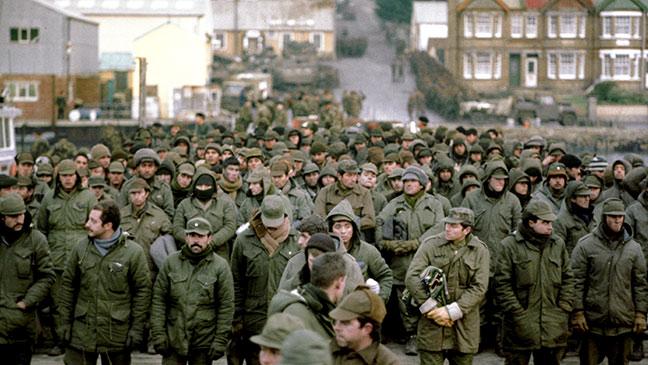 Argentinian troops held prisoner
in Port Stanley
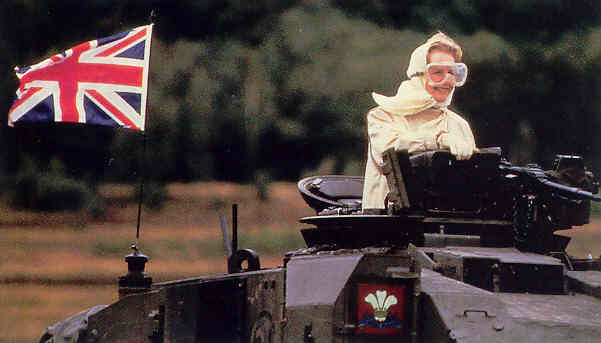 The "Iron Lady" Margaret
Thatcher on NATO maneuvers - 1986
The "Iron Lady" Margaret
Thatcher on NATO maneuvers - 1986
And quite naturally, the 1980s mark a period of
very close relations
between England and America ...
thanks to the deep friendship
that developed between Thatcher and Reagan
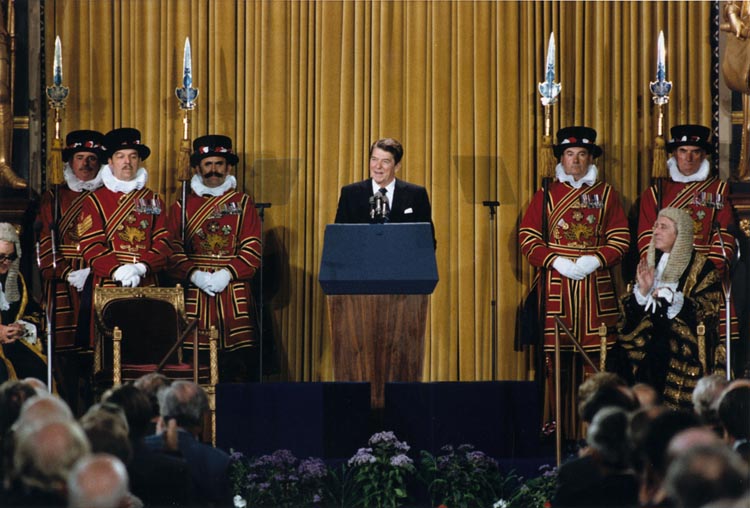
President Reagan addressing
British Parliament in the Royal Gallery
of the Palace of Westminster -
June 8, 1982
... soon after Britain's thrashing of the Argentinian military
Reagan predicts that
Marxism-Leninism
(meaning, Soviet Russia)
will be left on the "ash-heap of history" (no more "Detente"!)
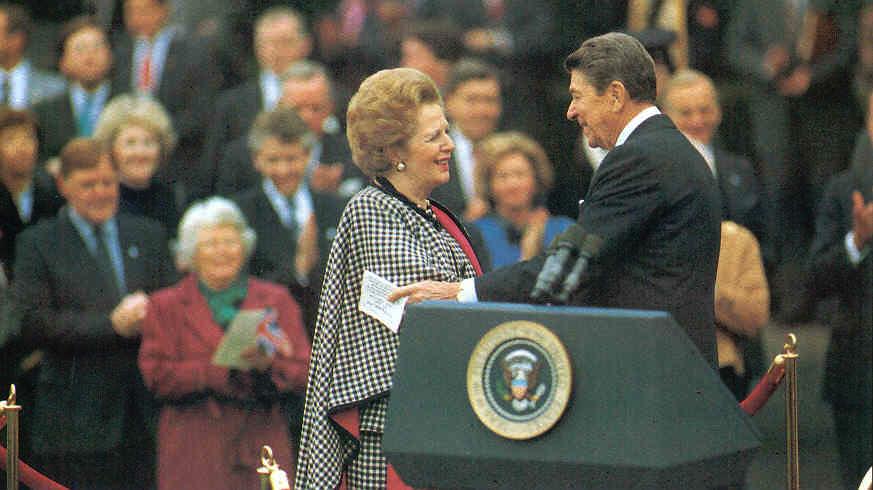
Ronald Reagan greets Margaret
Thatcher on a visit to the United States in 1983
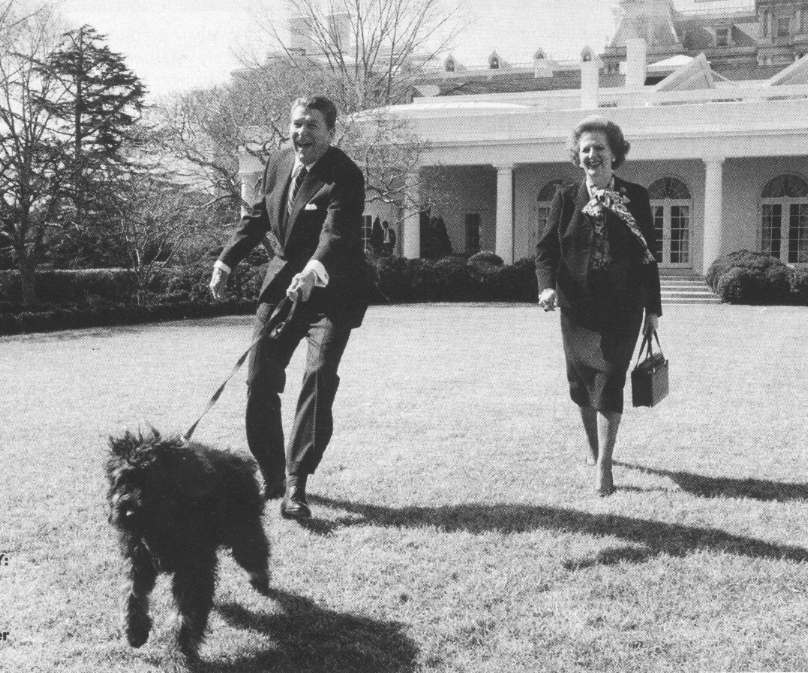 Margaret Thatcher with Reagan
on a visit to Washington
Margaret Thatcher with Reagan
on a visit to Washington
When
in June of 1982, Begin's Israeli army suddenly attacked multi-ethnic
Lebanon as supposedly a move against the Palestinian Liberation
Organization (PLO) that had taken refuge there, the country fell into
complete chaos. Consequently, Christians of all varieties and Muslims
of all varieties fell into conflict with each other. The slaughter
became so extensive that finally in August of 1982 the U.N. set up a
Multinational Force (MNF) of troops from largely America, France and
Italy (about 600-800 troops each) to be sent to Lebanon to evacuate PLO
fighters from Lebanon … and to separate the various factions.
But the violence did not abate, but merely grew worse … especially when
in mid-September Maronite Christian Arab allies of Israel (and
supervised by Israeli Defense Minister Ariel Sharon) surrounded
Palestinian refugee camps and began to kill the people found there. The
world was horrified.
Consequently, America, France and Italy decided to increase
substantially the number of their troops in order to regain some
semblance of order … at least in central Lebanon (Syria had taken over
much of the northern half of the country). And apparently the effort
was working.
But the following April (1983) a suicide van loaded with explosives
bombed the American Embassy in Beirut, killing 63 people, the first of
many smaller attacks on American peacekeepers. Then in October two more
truck bombs blew up the American and French barracks, killing 241
American and 58 French soldiers.3
At this point calls began to be heard in both America and France to
"bring the boys home." Clearly the MNF was not able to restore Lebanon
to a state of peace. But Reagan still wanted to hang tough in Lebanon.
He had an obligation to fulfill.
But by February of 1984, Reagan was willing to acknowledge that his
effort was not producing any progress … only the further loss of
American life. Thus, admitting failure, he began pulling U.S.
troops out of Lebanon.
But surprisingly, this admission of failure to achieve grand goals did
not lessen the respect of the American people for their president. The
ability of a leader to admit failure and pull back from a bad situation
was actually considered by most as the measure of their leader's
greatness. Normally, in the face of such failure, a terrible leader
will want to dig ever deeper into a situation in the hope of yet
somehow recovering his own sagging reputation – making the situation
vastly worse … something seen way too often in history.
3These
suicide bombings were presumably conducted by Iran-backed Hezbollah
operatives belonging to a group that called itself Islamic Jihad.
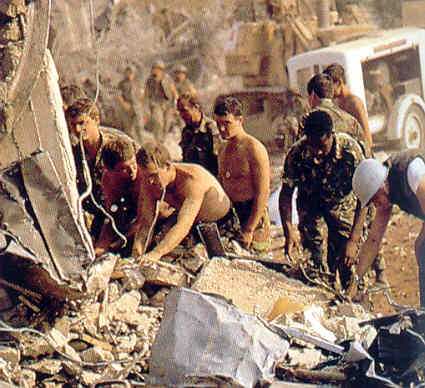
US Marine HQs bombed in
Lebanon
by Muslim fundamentalists - October 1983 (241 Americans were killed;
a French base was simultaneously bombed: 58 Frenchmen were
killed)
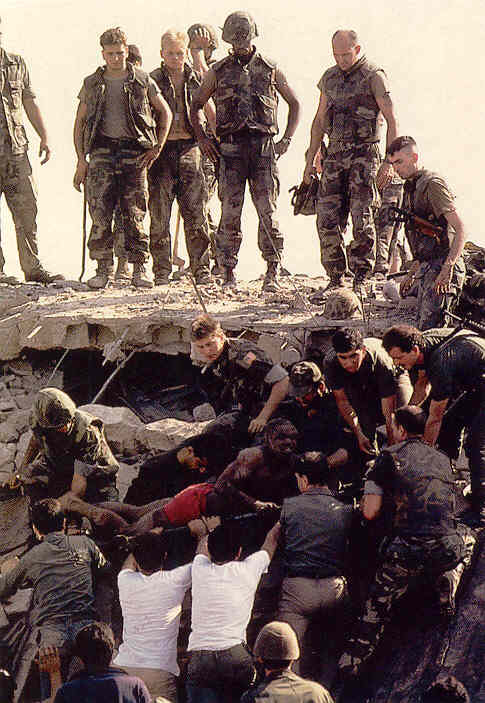 American soldier being pulled
from the rubble of a terrorists blast in Beirut, Lebanon - October
1983
American soldier being pulled
from the rubble of a terrorists blast in Beirut, Lebanon - October
1983
Part
of this Reagan picture, however, was shaped by an event elsewhere that
took place at the same time as the military barracks bombing in
Lebanon. A Marxist military coup had taken place in 1979 in the tiny
Caribbean country of Granada, which in turn brought on considerable
political chaos in the country. This then prompted neighboring
countries and the former governor-general of the island to call on
America to restore Granada to its constitutional order. And they found
a receptive audience with Reagan, who was already concerned about what
a Marxist regime – thus like Castro's Cuba, a Russian puppet – situated
along the naval path to the Panama Canal might mean strategically to
American naval power. After all, although Carter had set up the
transfer of the Canal from American hands, the American navy still
needed the Canal to connect its Atlantic and Pacific fleets. Also, with
the shooting of civilians caught in the crossfire, the 600 American
medical students studying in the country were an additional concern.
Thus on 25 October (1983), Reagan sent American troops (joined by
troops from six of the neighboring countries) to invade Grenada.
The action immediately brought on a huge outcry from the loud and
highly angry "anti-imperialist" sector of American – and international
– society. And the U.N. General Assembly voted a strong protest against
the American action. However, the American success in overthrowing the
Marxist regime came so quickly that it brought strong approval from the
majority of the American public. And Reagan's disregard of the U.N.
resolution only strengthened further his image as a president not
easily swayed by world public opinion. And indeed, the world quickly
got over its feelings about the matter. It had bigger things to focus
on.
|
Reagan lands US marines in
the Caribbean island of Granada (1983) when it looks as if it might
become another outpost of Communism
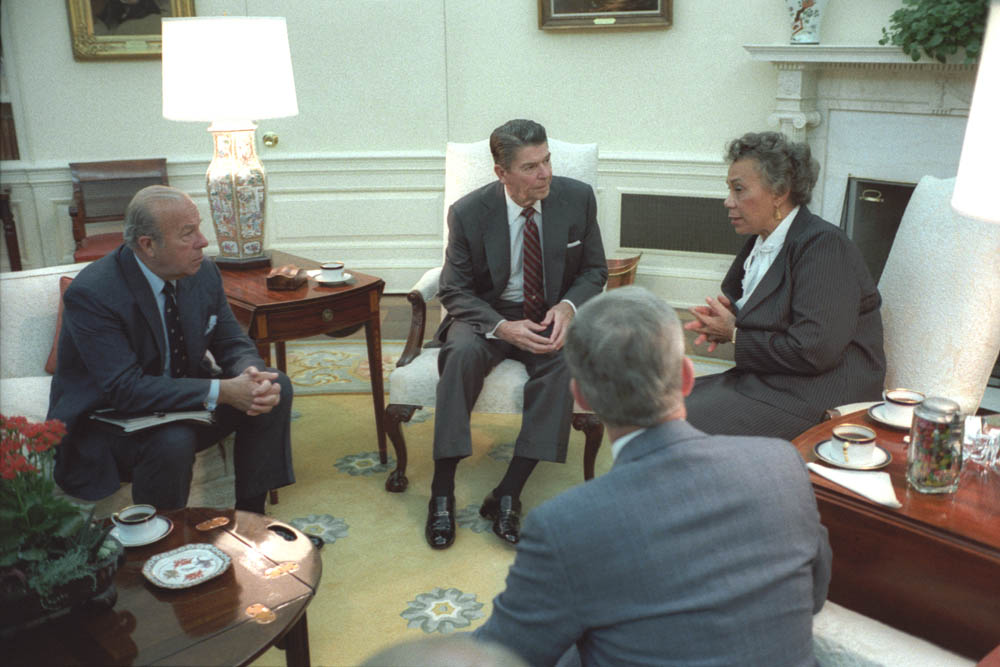
Reagan and Eugenia Charles
discussing Grenada - 1983
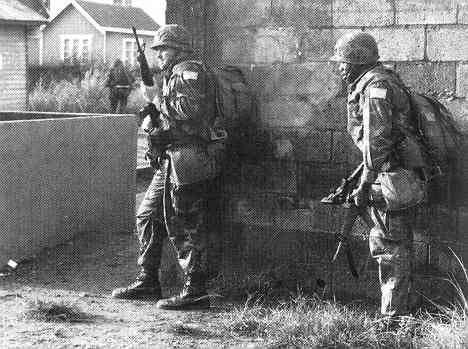 U.S. Marines in Grenada -
1983
U.S. Marines in Grenada -
1983
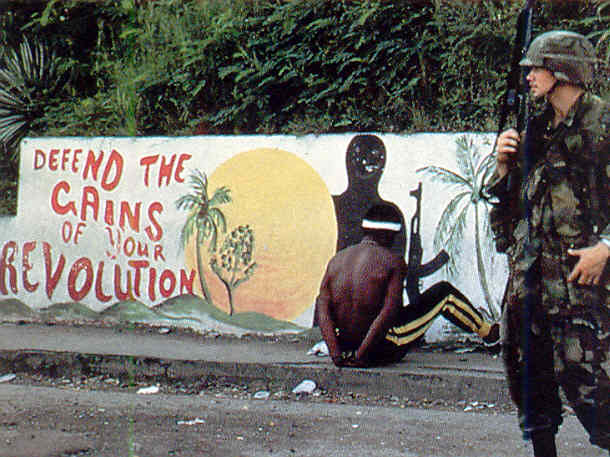
A US Marine in St. George's
Grenada with captured Grenadian soldier - October 1983
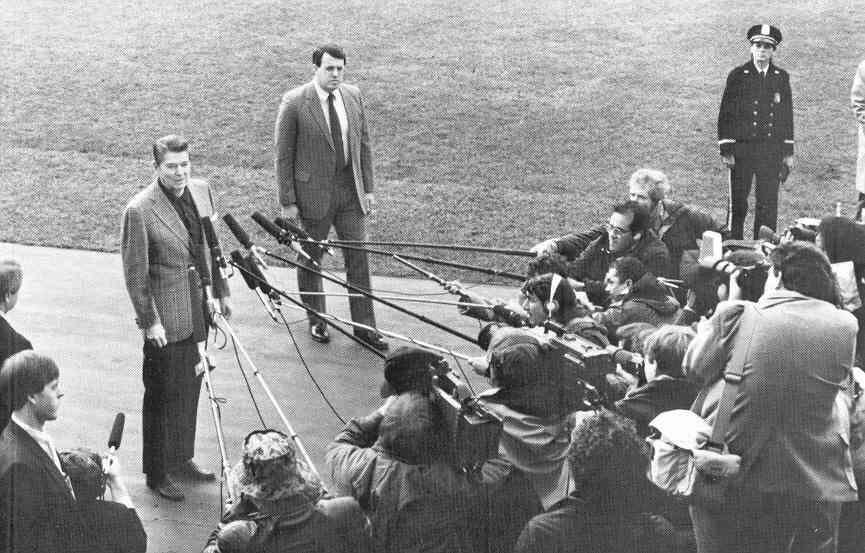
President Reagan and the
Press

President Reagan and his
tough US Ambassador to the UN, Jeane Kirkpatrick - 11 December
1984
(This picture is very special to me. Jeanne Kirkpatrick was very
supportive of my doctoral work at Georgetown ... ultimately being
one of the three professors before which in 1971 I had to defend my dissertation on ethnic conflict in Belgium. She helped make the event a breeze!)
REAGAN'S REELECTION - 1984 |
| The
Democrats had little chance of gaining the White House, given Reagan's
very high public approval ratings. But they did call on former
Minnesota Senator and Carter's Vice President Walter Mondale to run as
their candidate. Unsurprisingly, Reagan won 58.8 percent of the vote to
Mondale's 40.6 percent and 525 Electoral College votes for Reagan to
only 13 votes for Mondale. Reagan therefore expected to enjoy a very
pleasant second term.
|
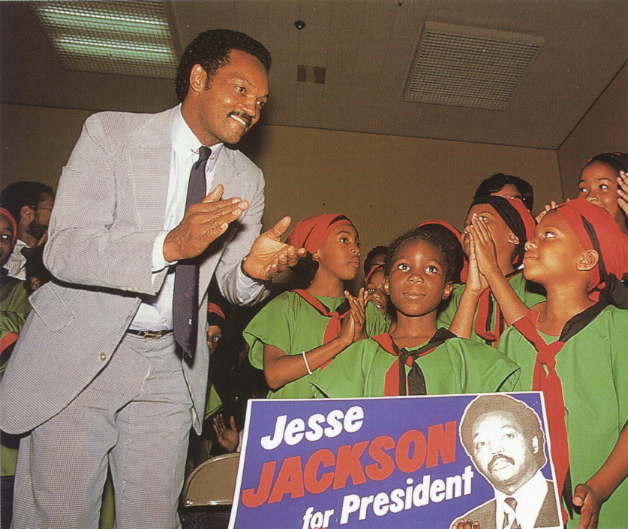
Jesse Jackson - in the Presidential
run in 1984
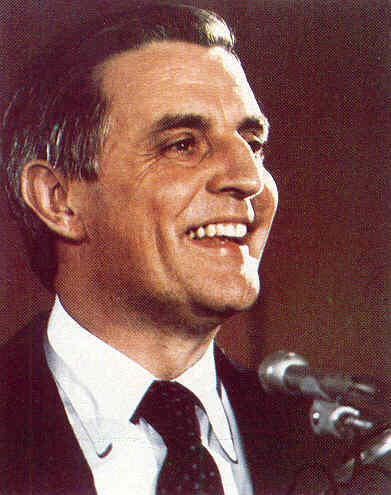
Walter Mondale - Democratic
Presidential candidate in the 1984 race
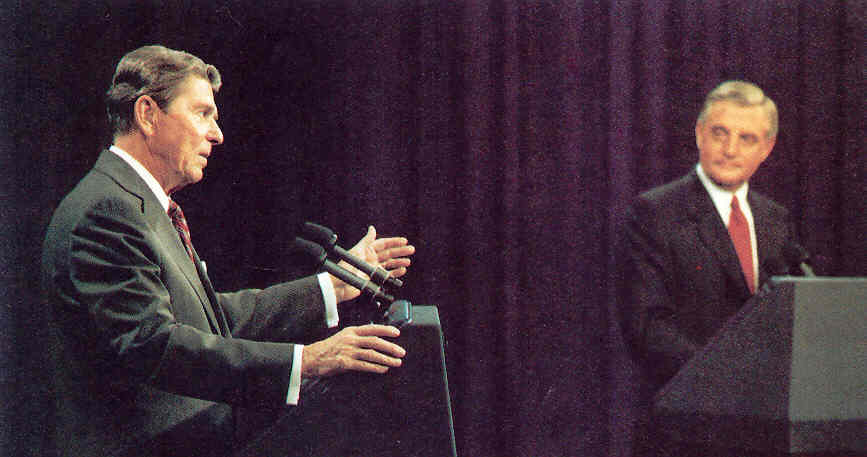
The Reagan-Mondale televised
debates - 1984
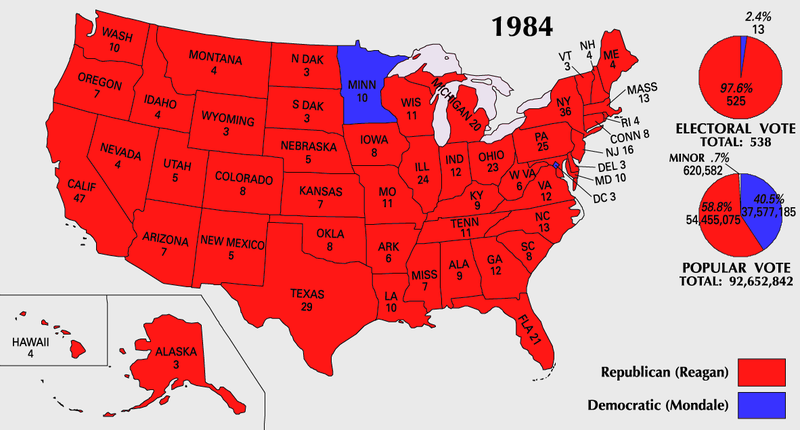
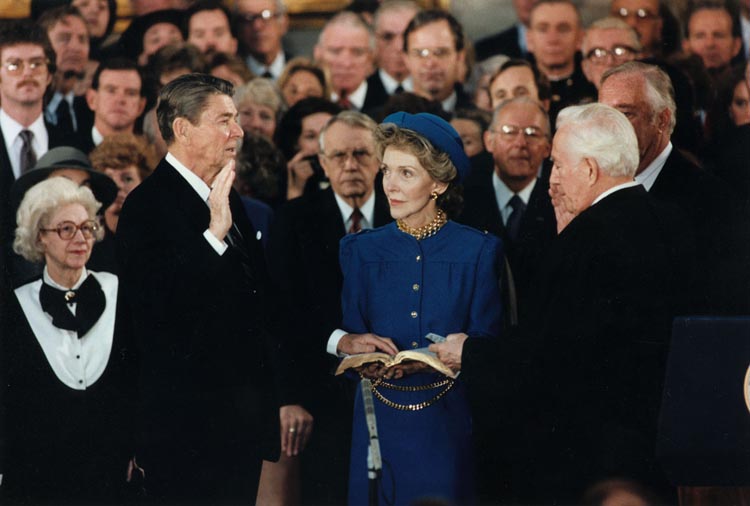
Reagan being sworn in for
his second term in the rotunda of the US Capitol - 1985
Then
in November of 1986 a Lebanese newspaper article found its way to the
American media … about some kind of secret weapons sale to Iran made by
officials high-up in the Reagan Administration – supposedly as part of
an accompanying deal to gain the release of some American hostages held
by the Iranian-backed Palestinian organization Hezbollah. The money
received in the deal furthermore was also used secretly to fund a
CIA-backed guerrilla group, the Contras," attempting to overthrow the
Sandinista government of Nicaragua, a government with strong "Leftist"
tendencies that made American officials very nervous. There were also
rumors that drug money was also involved in the support of the Contras.
As far as the matter of paying for the release of those American
hostages, this was in strong violation of the official stand against
making just such payments – lest this simply encourage more
hostage-taking for money. And as for the support of the Contras, this
was in direct violation of a Boland Amendment passed by a
Democratic-Party-controlled Congress designed to keep America out of
the turmoil that was shaking Central America.
Indeed, at the time, Central America was suffering from deep
unemployment … which inspired Sandinista-supported guerrillas to try to
overthrow the traditional neighboring regimes of Guatemala, Honduras
and El Salvador. And in El Salvador the level of violence was running
very high. Furthermore, with Cuba also supporting the Sandinista
effort, American fears of indirect Soviet involvement in the region ran
high. But this very fear was what inspired the Boland Amendment … and
at the same time the decision somewhere in the Reagan Administration to
ignore the congressional ruling and insert American power into the
dynamic … in order to bring things back under more traditional control.
In response to the Congressional (and ultimately public) shock over
these secret deals, the next month (December) Reagan himself set up a
three-man commission under former Texas Senator John Tower to look into
the matter. What the Tower Commission soon concluded (February 1987)
was that the CIA should have made both the president and Congress aware
of its activities – faulting Reagan for not following events closely
within his own Administration.
Congress of course was looking for an outcome more damaging to the
president than a simple chastisement for official failure. They wanted
him impeached ... most tragically, impeachment somehow now being
considered to be a very useful and quite normal political strategy in
American politics! They thus formed their own commissions earlier in
January – anticipating that the Tower Commission would fail to deliver
the grounds they would need to impeach Reagan.
Thus from early May to early August (1987) the American public was
treated to another well-broadcasted congressional investigation into
what was now termed the "Iran-Contra Affair." But the best they could
get from the matter was only Marine Colonel Ollie North being caught in
a lie about the transfer of Contra funds … something they could not act
on because he had been extended immunity as part of his offering
testimony in the matter. And the Senators ultimately proved to be
unwilling to push Reagan on the matter – seeing nothing but trouble for
the country (and themselves) in doing so.
Actually, Reagan (briefly) would suffer from a drop in his popularity.
And, perhaps not surprisingly, Col. North would actually become
something of a hero to American Conservatives.
|
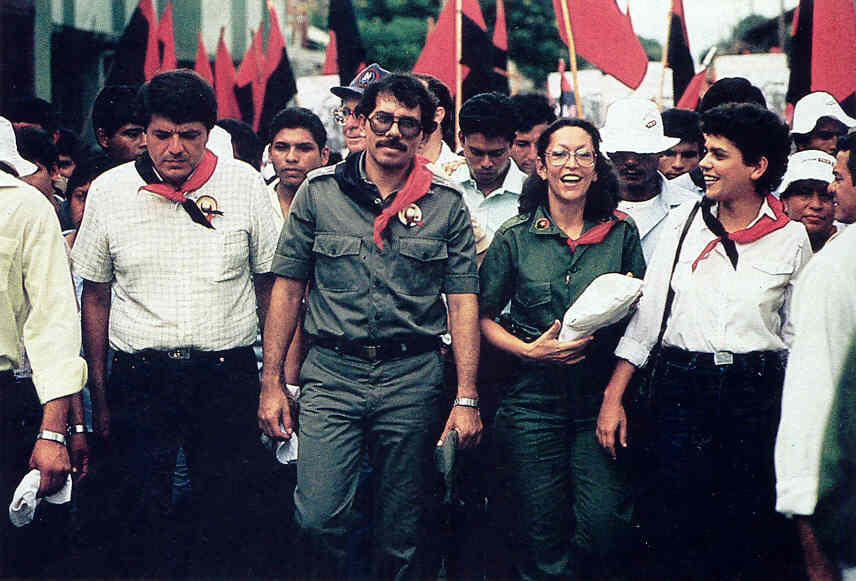
Nicaraguan President and
Sandinista leader, Daniel Ortega, campaigning in support of his government
- 1984.
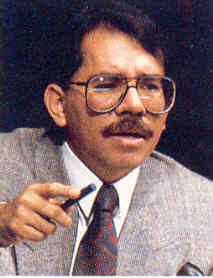
Sandinista leader Daniel
Ortega elected President of Nicaragua - 1985
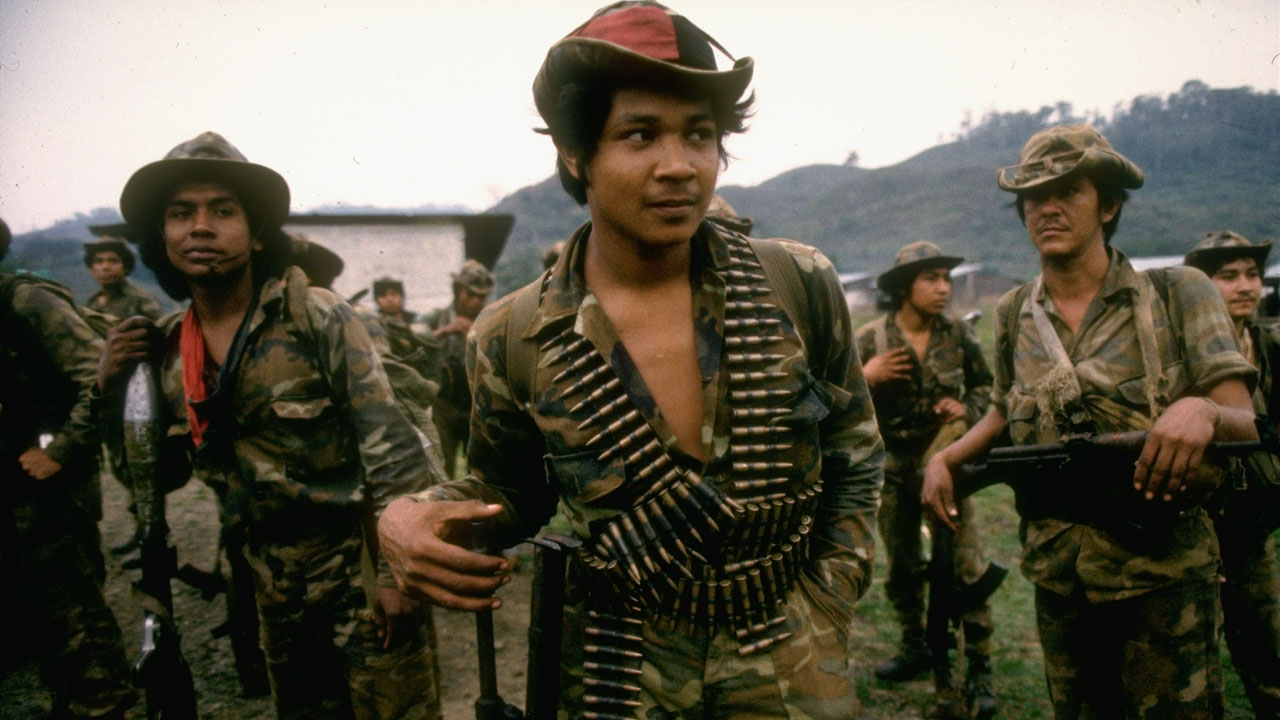
Soviet and Cuban-backed Sandinista soldiers
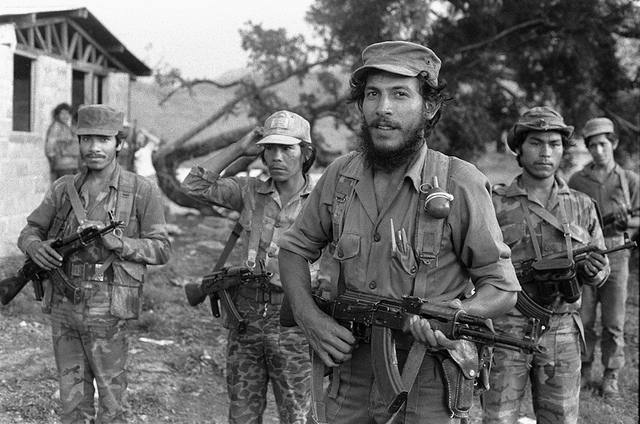
American-backed (CIA) Nicaraguan Contras
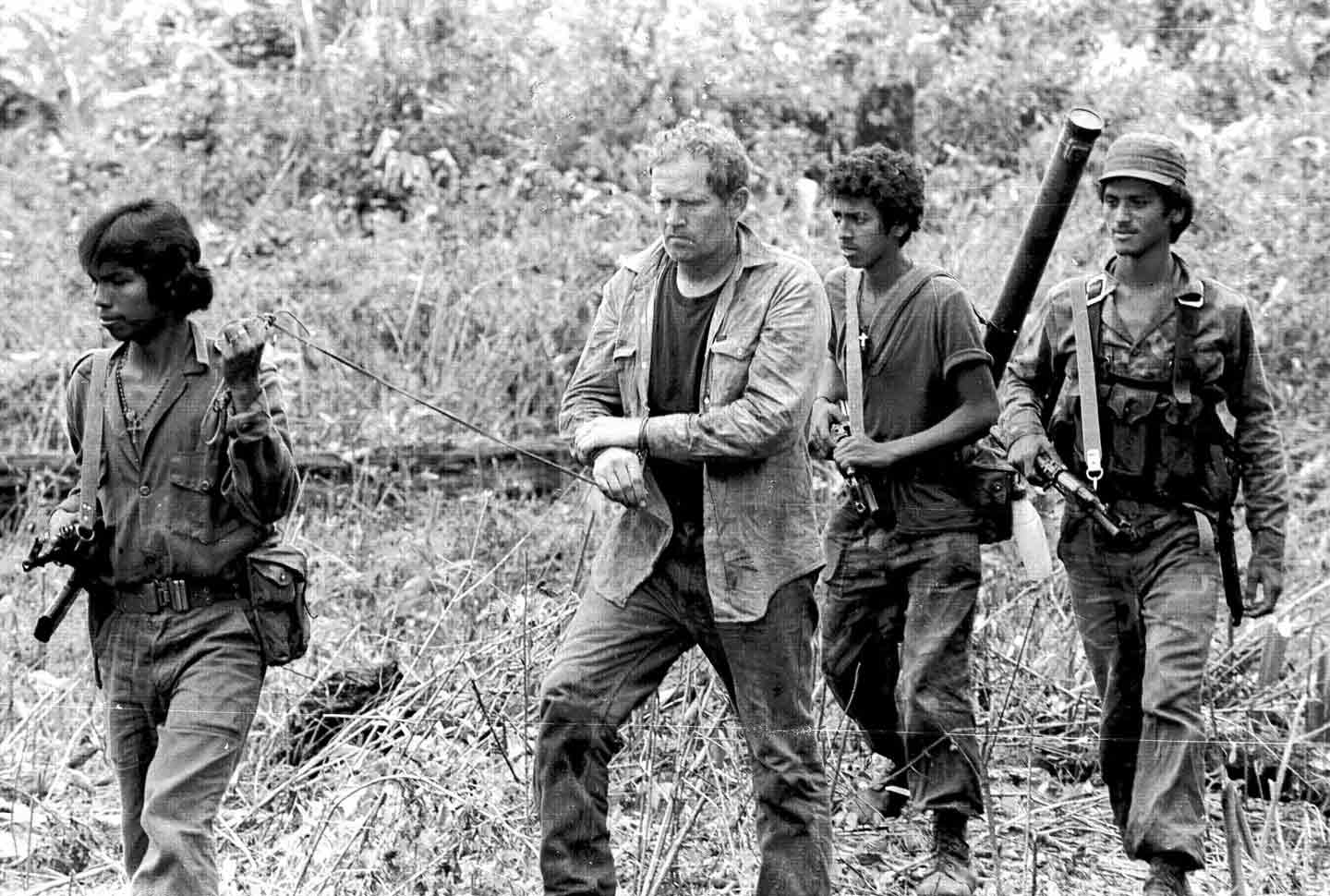
Sole-surviving American airman, Eugene Hasenfus shot down by Sandinistas delivering weapons
to the Contras ... .whose capture blows the secret operation wide open (October 1986)
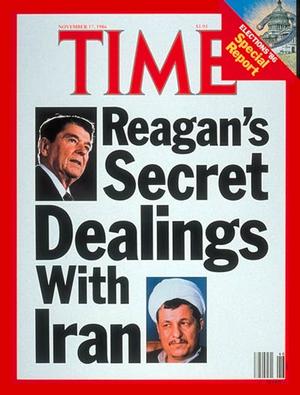
America's Liberal media was no less involved. A Time Magazine cover coming out
just at election time in November of 1986, covering the Reagan "scandal"
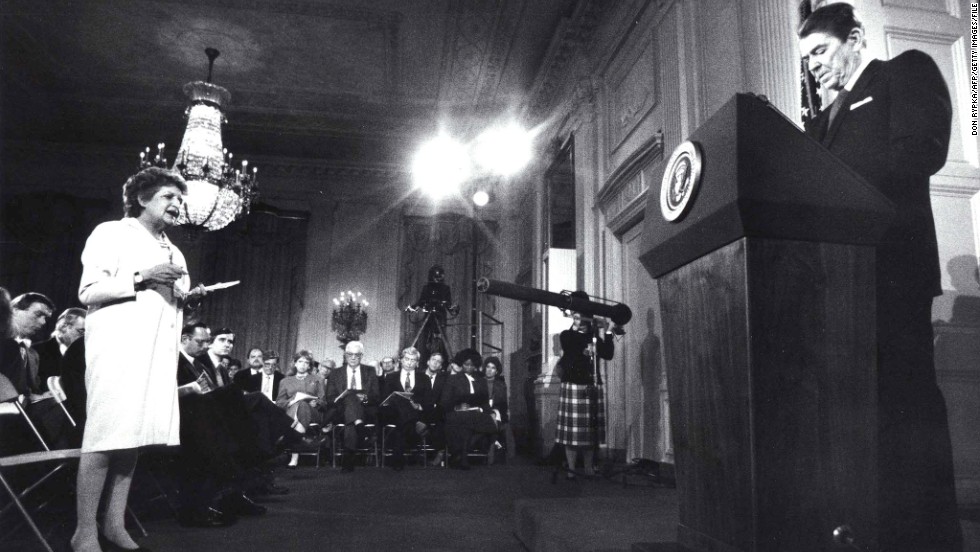
Reagan being grilled by the press over the Iran-Contra Affair
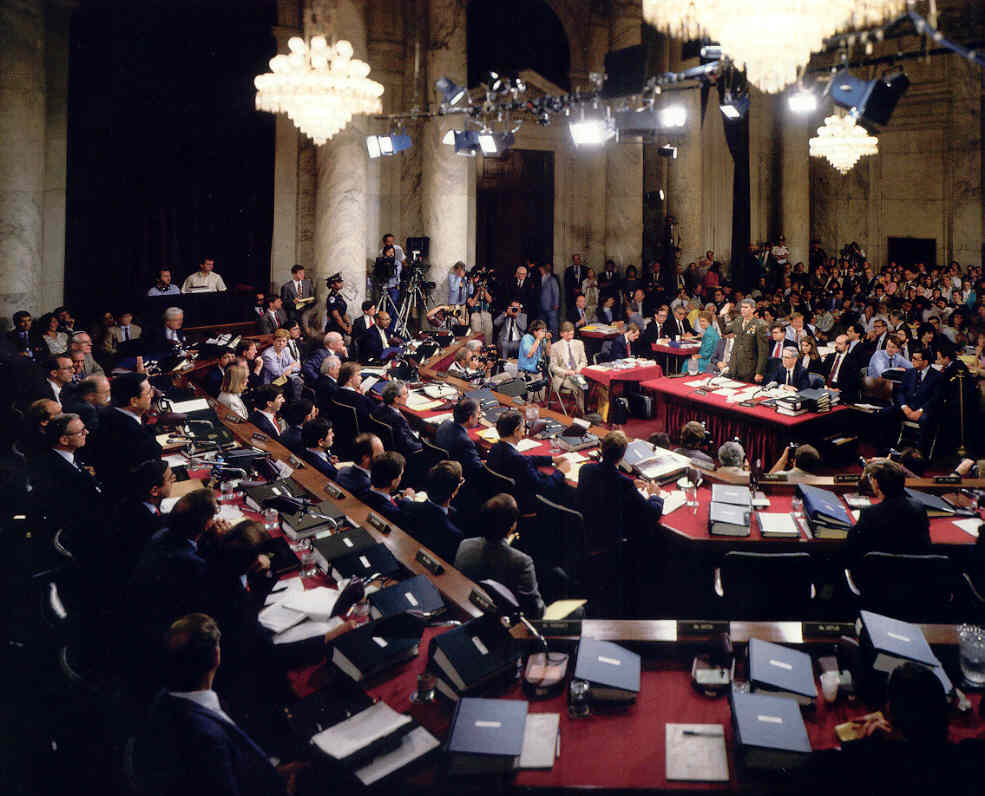
Lt. Col. Ollie North Testifying
before Congress in the Iran-contra affair - July 1987
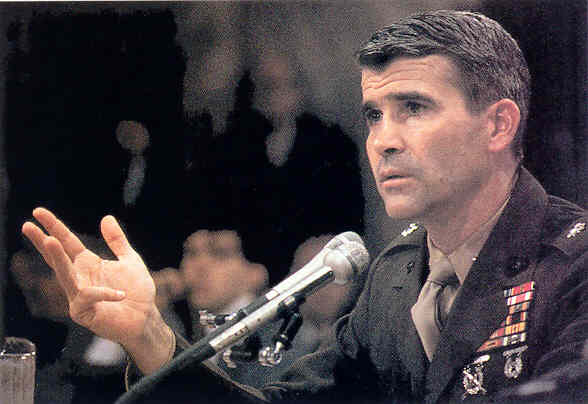
Lt. Col. Olllie North testifying
before the Senate about the Iran-contra affair - July 1987
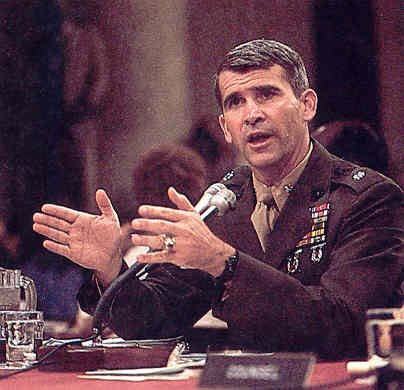
Oliver North testifying about
the Iran-Contra affair.
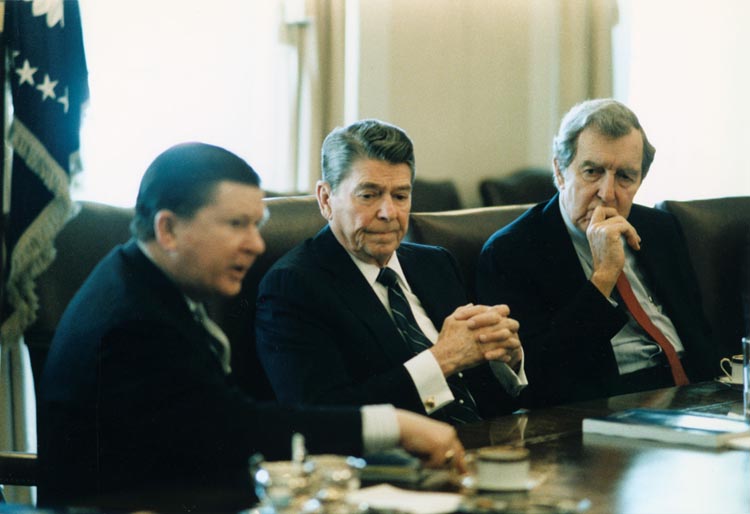
President Regan received
the Tower Commission Report in the Cabinet Room with Senators John Tower
(l.) and Edmund Muskie (r.) attending - February 26, 1987
 Miles
H. Hodges Miles
H. Hodges
| | |


 The 1980 elections
The 1980 elections
 The release of the American hostages in
The release of the American hostages in The Air Traffic Controllers (PATCO)
The Air Traffic Controllers (PATCO) Thatcher and the Falklands War (April-
Thatcher and the Falklands War (April-













































 The "Iron Lady" Margaret
Thatcher on NATO maneuvers - 1986
The "Iron Lady" Margaret
Thatcher on NATO maneuvers - 1986

 Margaret Thatcher with Reagan
on a visit to Washington
Margaret Thatcher with Reagan
on a visit to Washington
 American soldier being pulled
from the rubble of a terrorists blast in Beirut, Lebanon - October
1983
American soldier being pulled
from the rubble of a terrorists blast in Beirut, Lebanon - October
1983
 U.S. Marines in Grenada -
1983
U.S. Marines in Grenada -
1983




















